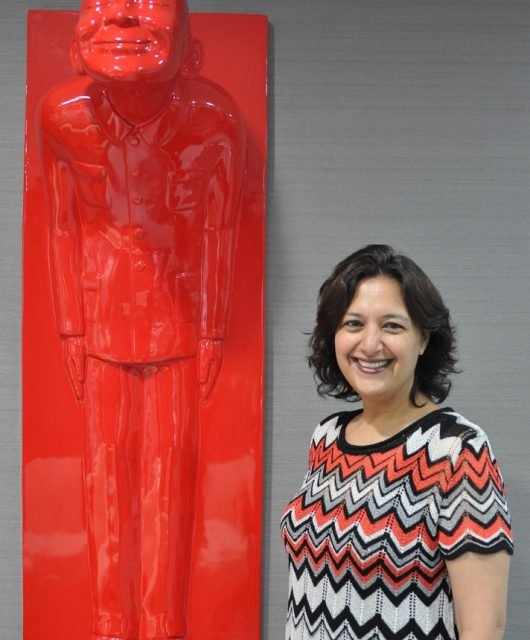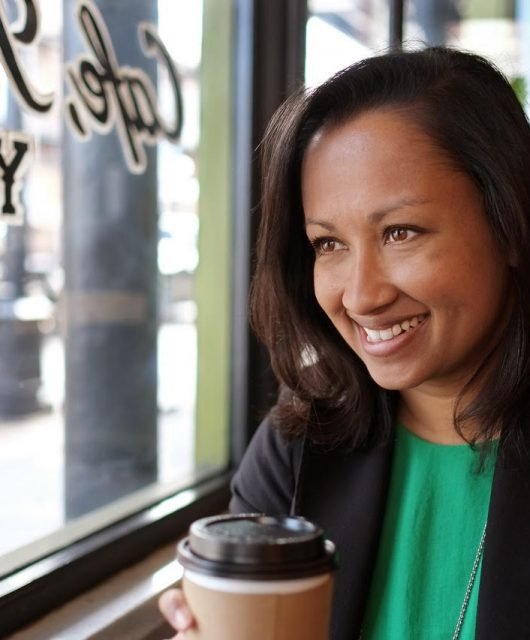With technology quantum leaping, trends shifting, strategies reshuffling and communication digitized; the game is changing. To survive, brands need to generate value and engage their consumers in experiences that are proactive and purpose driven. The Berries interviewed Nada Enan, Senior Manager Marketing and PR at LinkedIn Middle East, to get her insights on how can brands effectively use LinkedIn to enhance their brand image.
 BB: Gone are the days of big push-advertising efforts, for today’s brand strategists to stay “plugged-in”, they need to stop selling and start engaging. How can brands make an authentic consumer bond?
BB: Gone are the days of big push-advertising efforts, for today’s brand strategists to stay “plugged-in”, they need to stop selling and start engaging. How can brands make an authentic consumer bond?
NE: Consumers expect brands to lead the movement for change and address critical problems. Buyers will leave behind brands that fail to take a stand on issues they care about, but they will reward those that align with their views through increased spending and advocacy. This means there is a real possibility of consumer commitment well beyond the classic purchase funnel, because active partnership with a brand gets customers invested as advocates and loyalists.
BB: The world is witnessing a trend shift from the luxury-driven brand model to the community-driven brand model (Uber and Airbnb). How can traditional brands survive in an era where consumers tend to be unfriendly to “institutionalized” sort of brands?
NE: Brand loyalty has never been tougher to attain, thanks to an increase in choice at every price point, and immediate access — driven by e-commerce — to those choices. Fifty-seven percent of consumers around the world will buy or boycott a brand solely because of its position on a social or political issue, according to the 2017 Edelman Earned Brand study, with 30 percent saying that they make these belief-driven purchase decisions more than they did three years ago. To win with valuable customers, brands must fundamentally rethink their strategies and move beyond simply co-opting culture or stating their position to finding a true calling and acting on it. Brands that live their beliefs in all that they do, and invite consumers to act with them, will be rewarded with more conversation, more conversion, and ultimately, more commitment.
BB: Brands are all about experiences, meanwhile, brands are going through a revolution due to the ever-growing expectations of consumers. From your opinion, what will shape customer experience in 2017?
NE: According to a report by Forrester, key technologies that will reshape how brands operate and interact with customers would be augmented and virtual reality, the internet of things, artificial intelligence, and cloud computing. AR/VR will change the game and 2017 will see further experimentation and important niche applications to provide design beacons. IoT data will be coupled with increasingly powerful artificial intelligence capabilities. Investment in artificial intelligence (AI) will triple as firms look to tap into complex systems, advanced analytics, and machine learning technology.
BB: Consumers tend to establish emotional bonds with the brands they love. Should brands sell their emotional connections or their functionality? Please elaborate
NE: Brands should sell their functionality but that should be based on the emotional bond they have with their consumers. Consumers expect brands to lead the movement for change and address critical problems. The simple question that consumers are asking is: ‘Are you with me?’ Brands that fail to answer the call of belief-driven buyers risk ending up in No Brand’s Land.
BB: Brands are being hit by the digital transformation the world is witnessing nowadays. How can big data impact brands in 2017?
NE: When it comes to brands, behavioral data can be helpful to drive an impulse purchase or sale of lower price items. For example, retargeting (a form of advertising by which the ad is targeted at consumers based on their previous internet actions) can prove to be very effective. While behavioral data is most valuable when connected to other data sets, such as demographics and psychographics, attitudinal data will provide you with depth and perspective into an otherwise basic outline of consumer’s behavior.
BB: LinkedIn is the most important online platform for B2B branders. Can you mention some tips and tricks for startups brands in the middle east to effectively use LinkedIn to enhance their professional brand image?
NE: Start with a Strategy. Incorporate a marketing plan and strategy as you build your business…and know what your goals are before you begin marketing.
Tell Your Story. Be well versed in telling the story about your business, your product or your service in a compelling way. Too many startups talk about who they are in terms of features and specifications of the product or service they offer. The focus, rather, should be on why your product/service matters.
Listen and take note of what your competitors are doing – what is working for them? What isn’t? What do their customers complain about? What are their unmet needs? Look for ways to incorporate this into your product or service.
Utilizing social media to share your story along with other valuable content, to generate awareness, to build an audience and to engage with them is a strategy.
Take advantage of timely and trending topics where applicable. Getting in on the conversation can open your opportunities for awareness





